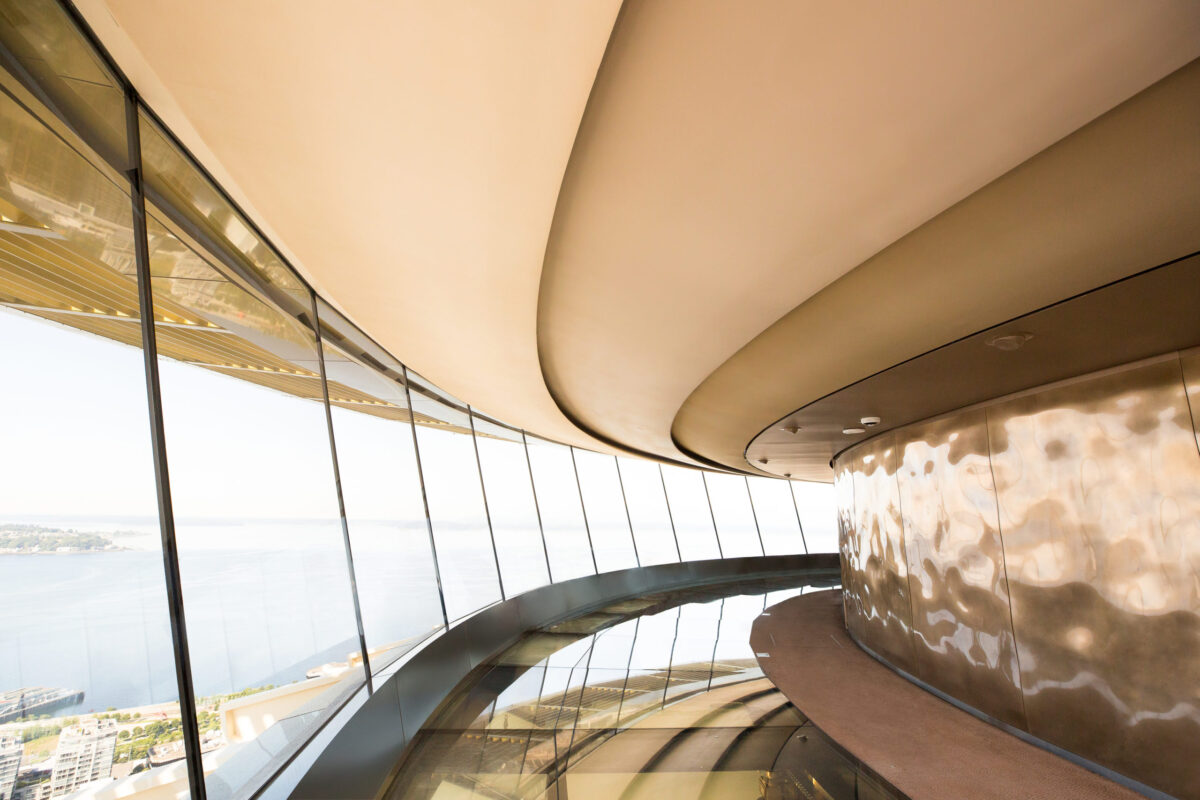Acoustics is an often-misunderstood discipline because it isn’t just one thing; proper acoustic architectural design involves sound isolation inside and outside a structure; abatement of noise from footfalls, plumbing, HVAC systems, garage doors, and electrical and other equipment; and damping of noise from reverberation. Additionally, specialty design and construction may be required to enhance and at the same time contain sound from audio equipment, home cinema, and recording studio spaces.
It’s only logical that it’s much more cost effective to proactively design residences for appropriate acoustical performance than to renovate conditions after construction.
And don’t discount the reputation factor: There’s a world of difference between a client’s satisfaction when a new space is both beautiful and acoustically perfect, and the “Oh no!” of dismay when a new and impressive room or home proves noisy or acoustically sub-par once it’s put into use. Damage is done to an architect’s, designer’s, or builder’s reputation when mistakes in the initial design and construction must be rectified after the job is completed.
Noise Mitigation is One Aspect of Architectural Acoustics
A complete architectural plan must include attention to sources of noise and the equipment and construction methods needed to address them:
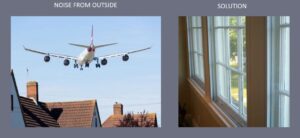
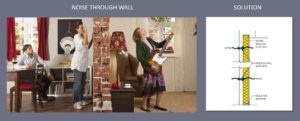

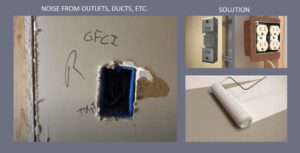
Acoustical Enhancement is the Other Aspect
Acoustically sensitive spaces or uses such as living rooms with audio systems, home theaters, and recording studios will require specialized design and construction to faithfully reproduce sound and transmit it accurately.
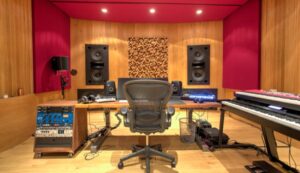
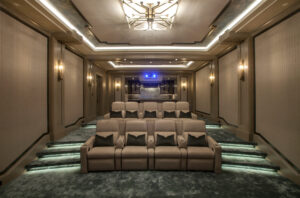
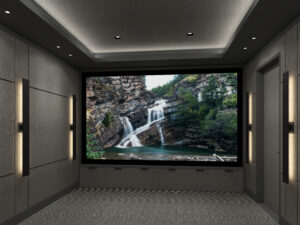
Consider All the Acoustical Factors At the Design Stage
Many acoustical factors come into play in a structure, altering its real-life aesthetic experience far beyond the visual. For a perfectly beautiful architectural creation, both noise mitigation and audio enhancement must be built into the space from the bones to the finish. An acoustically excellent structure should incorporate specialized construction to allow for*:
Exterior Sound Isolation
Interior Wall Sound Isolation
Floor Ceiling Assembly Sound Isolation
Floor Ceiling Assembly Impact Noise Control
Sound Leakage Paths
Plumbing Noise Control
HVAC Noise Control
Electrical Noise Control
Building Vibration Control
Garage Door Noise Control
Interior Finishes and Reverberation
Site Noise Containment
Audiovisual Media Spaces
Dedicated Home Cinemas
Home Recording Studios
Construction Oversight of Specialty Acoustics
*For a key to this list of acoustical factors in architectural design, click here.
After all these factors are considered and incorporated into the design of a building, the final and crucial steps are testing and calibration. Acoustical performance should be measured in the field to verify design performance.
Specialty Acoustic Construction and Materials
Solutions for acoustic issues include a multitude of specialty materials, including acoustic plasters, stretched fabrics, baffles, diffusers, decoupling assemblies, acoustically transparent coverings, AV engineering, precision installations, and more. Some of these are used more commonly than others, and some, such as custom theater AV installations and specialty acoustic plasters, can require special training, licensing, or certifications. When considering your project’s acoustic challenges and potential solutions, make sure you or your contractors have the expertise that the situation requires.
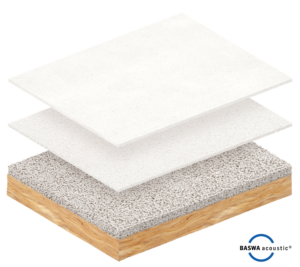
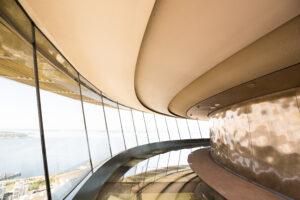

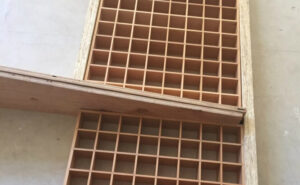

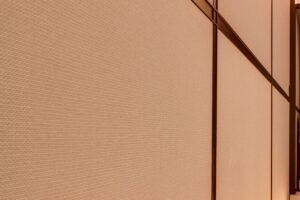

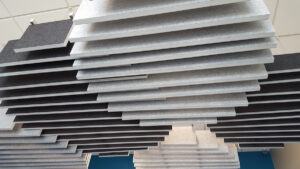
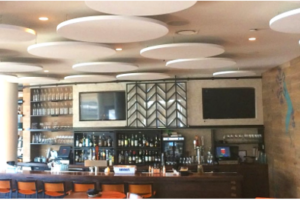
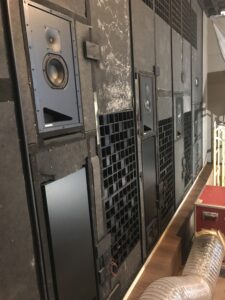
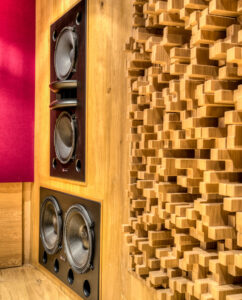
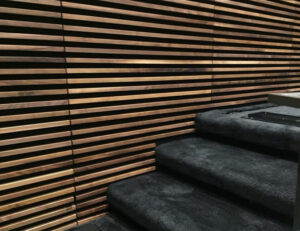
We’re Here to Help – Contact Us
Cinergy Construction is an expert in noise control, acoustic enhancement, and specialized acoustic materials such as acoustic plasters and stretched fabric. If your project requires acoustical expertise, we’re here. Contact us online or give us a call at 800-338-3199 to discuss your home or construction project’s noise control or acoustic enhancement needs.


